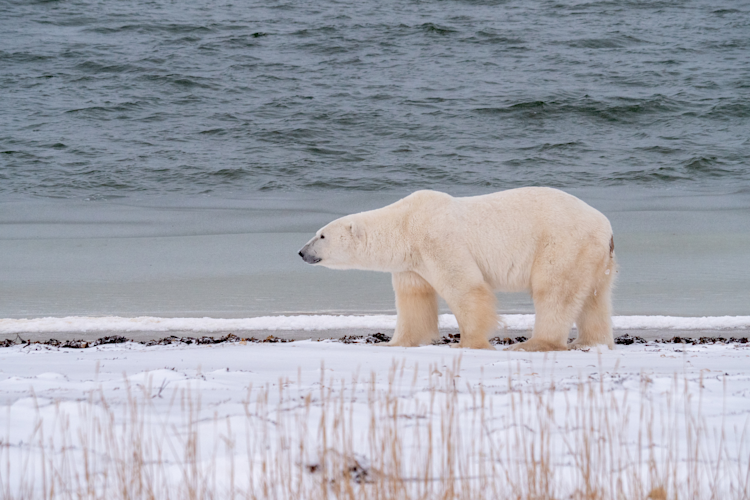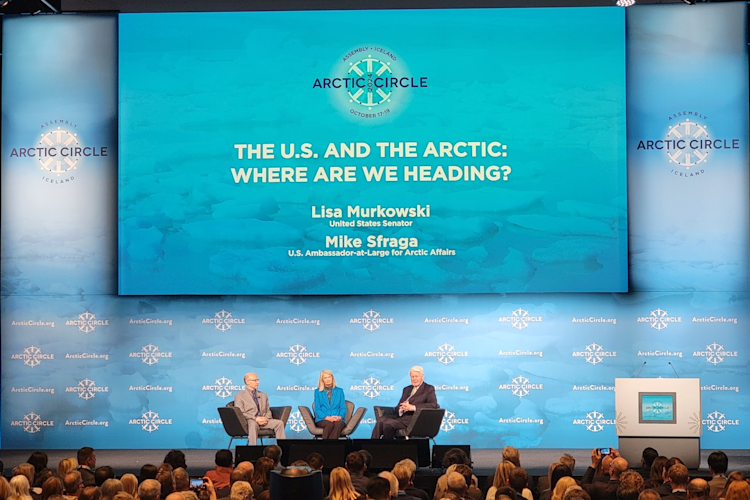Biodiversity is the variety of organisms that work together in the natural world, forming ecosystems which support life on Earth. Polar bears both contribute to this biodiversity and depend on it—relying on networks of relationships and species' interactions across the Arctic ecosystem. Other wildlife and communities around the world also rely on biodiverse, well-functioning ecosystems. They provide clean water, fresh air, and food while simultaneously stabilizing our global climate.
Worldwide, biodiversity is in crisis—with nearly one million species on the brink of extinction and ecosystems rapidly degenerating across the globe. But in some good news for polar bears and all of us, biodiversity just had a big moment.
This week in Montreal, the United Nations Convention on Biodiversity wrapped up with a landmark deal to halt the decline of species and ecosystems. More than 190 governments adopted the Kunming-Montreal Global Biodiversity Framework which set 23 targets for countries to meet over the next decade. Some highlights from the agreement include commitments to:
Conserve at least 30% of all land and water on the planet by 2030—the largest commitment to ocean and land conservation in history
Decrease subsidies for activities that harm biodiversity and nature
Respect the rights and knowledge of Indigenous peoples, and support their efforts to conserve more ecosystems
Spend $200 billion per year on conservation by 2030
Triple the amount of money rich countries are paying to developing countries for conservation (amounting to $30 billion per year by 2030)
Require transnational companies and financial institutions to disclose the risks their operations and portfolios pose to biodiversity
As was true with the outcomes from the U.N. Climate Talks, this agreement is not a complete solution to the biodiversity crisis. More could be done to improve accountability mechanisms and strengthen processes through which countries are expected to regularly set more ambitious goals. Still, this framework is a historic beacon of hope for the richness of life across our planet.
And we have a part to play in turning that hope into real conservation outcomes. This framework was made at the international scale, but it comes to life in country-level and community-level policy. Choices like how and where we build, what and where we grow, how we create energy, where we fish, what we buy—and so on—all connect back to our local and regional biodiversity.
By nurturing the ecosystems around us, we will also make strides in addressing climate change—the greatest threat to the long term future for polar bears. The climate and biodiversity crises are interconnected. Our strongest solutions are integrated solutions that acknowledge the life-giving relationships between Earth’s complex network of organisms (including us) and the planetary systems we all depend on.
















